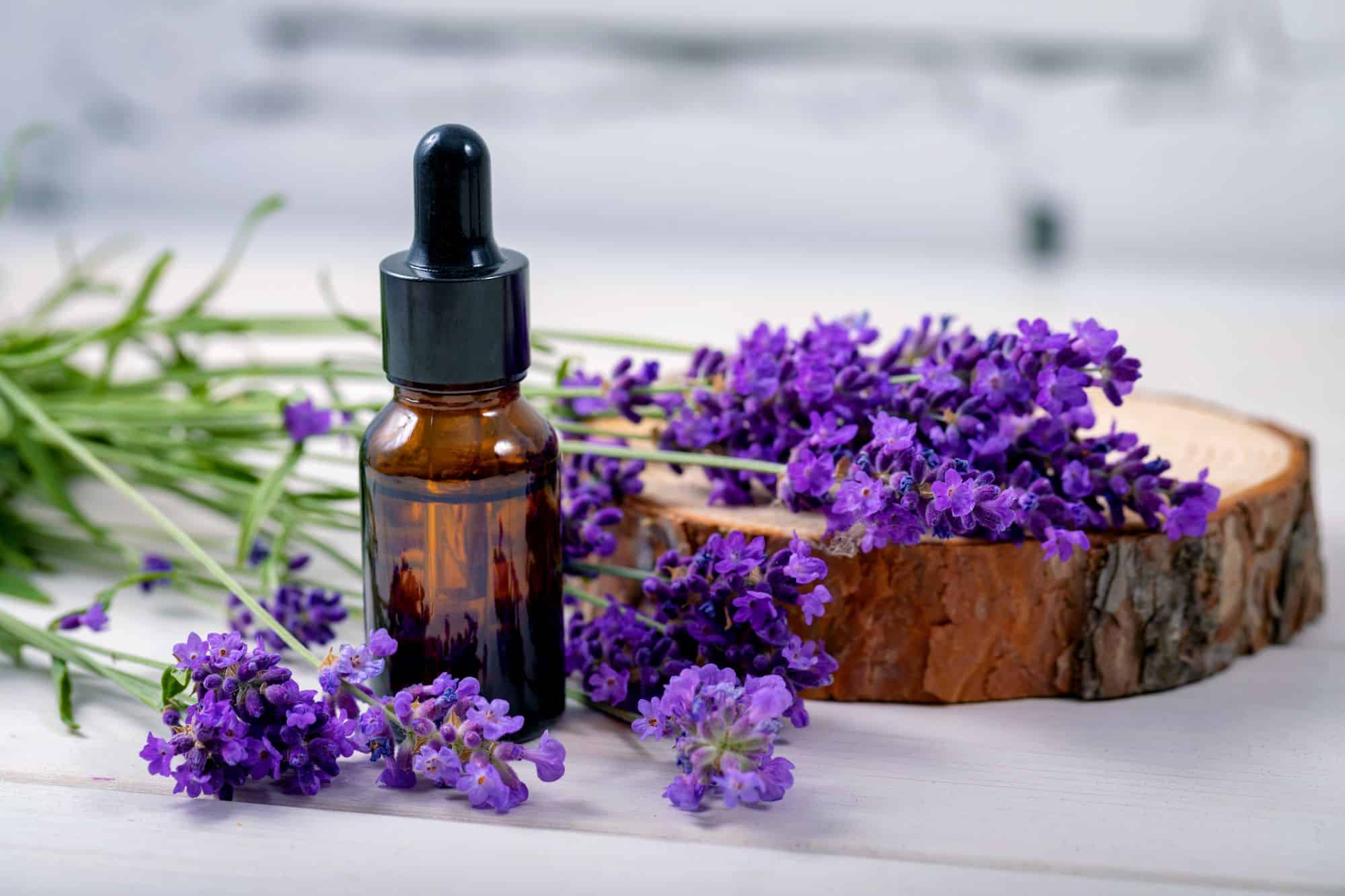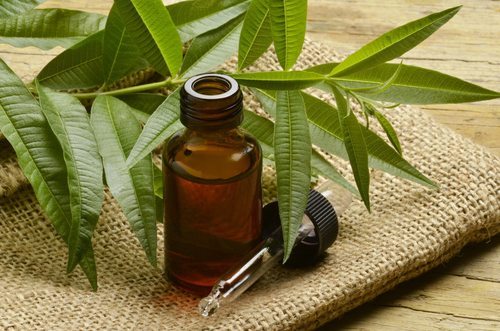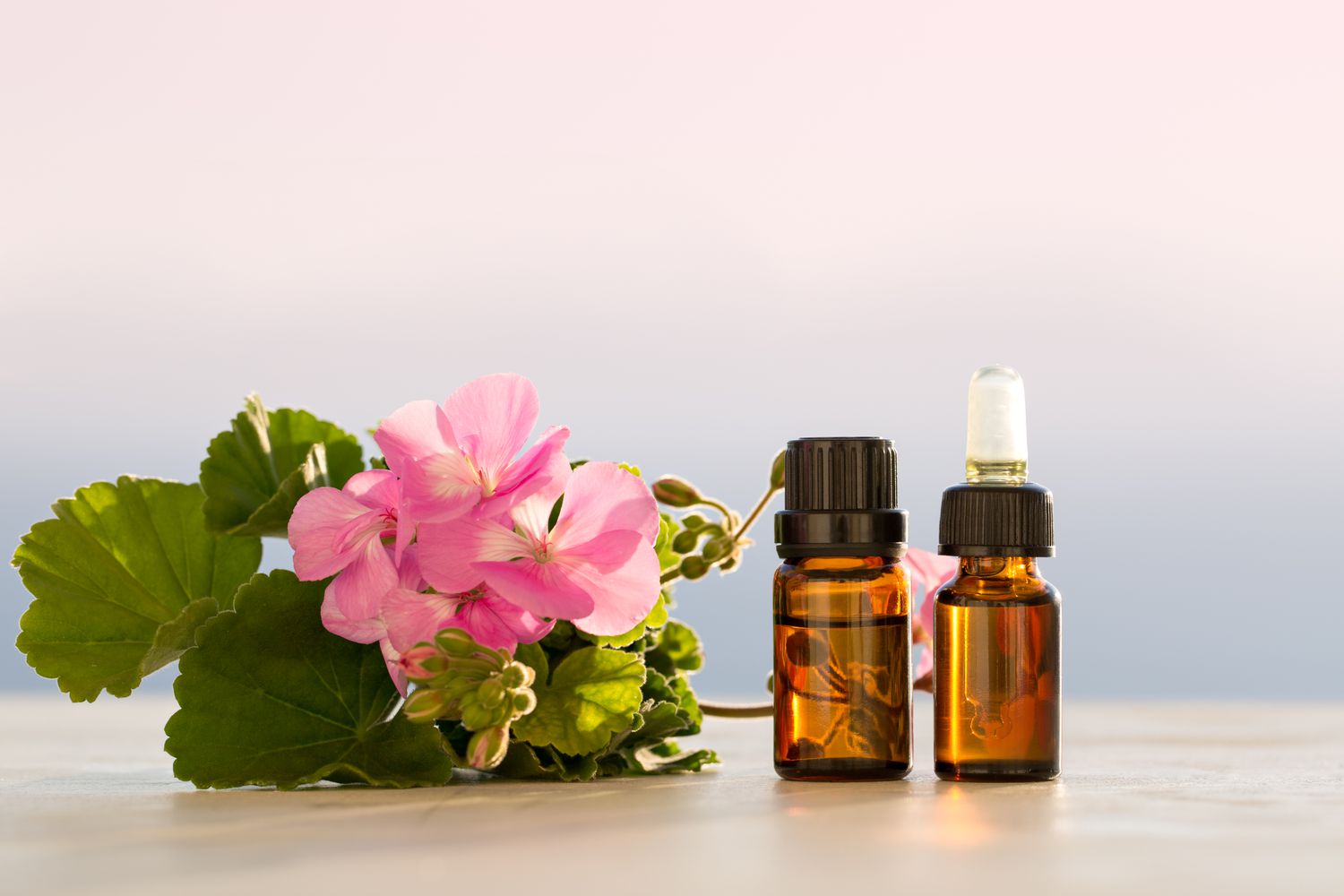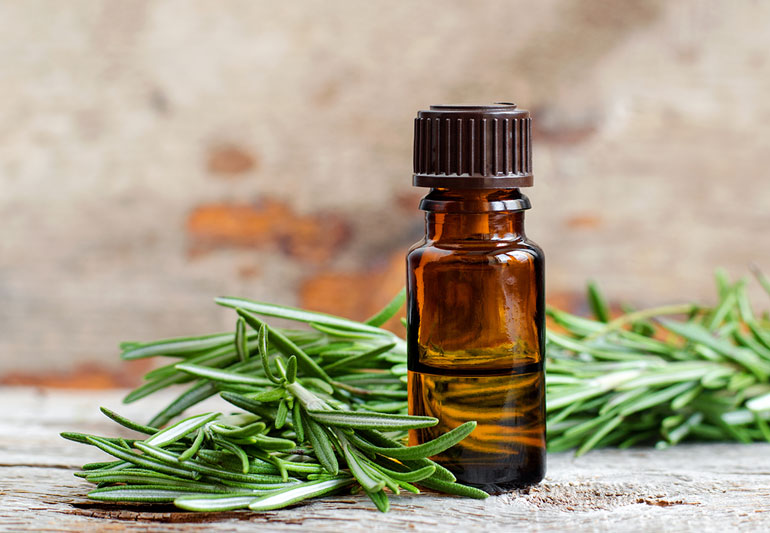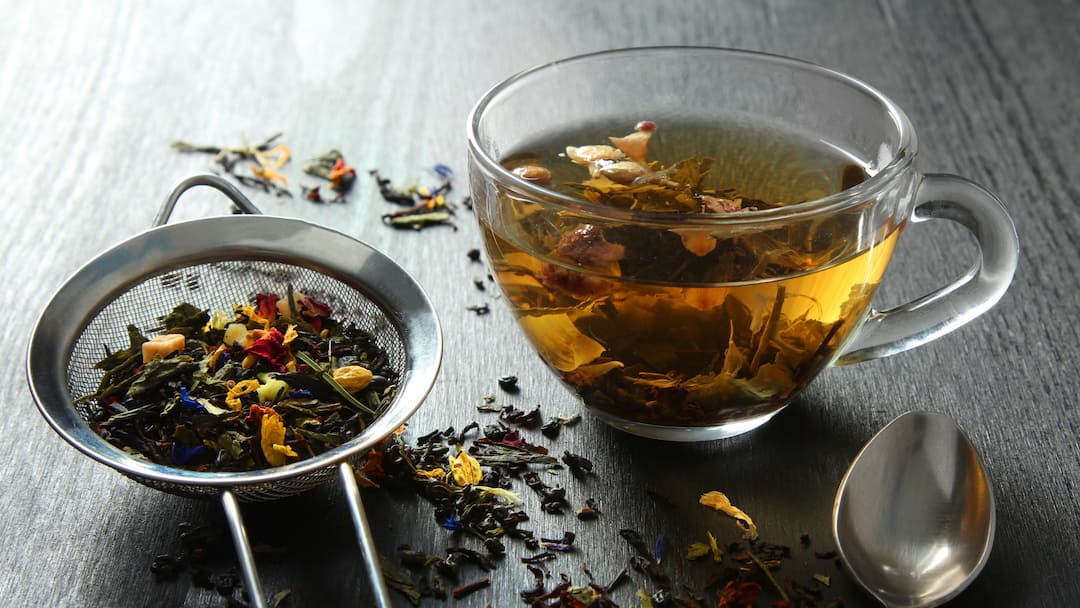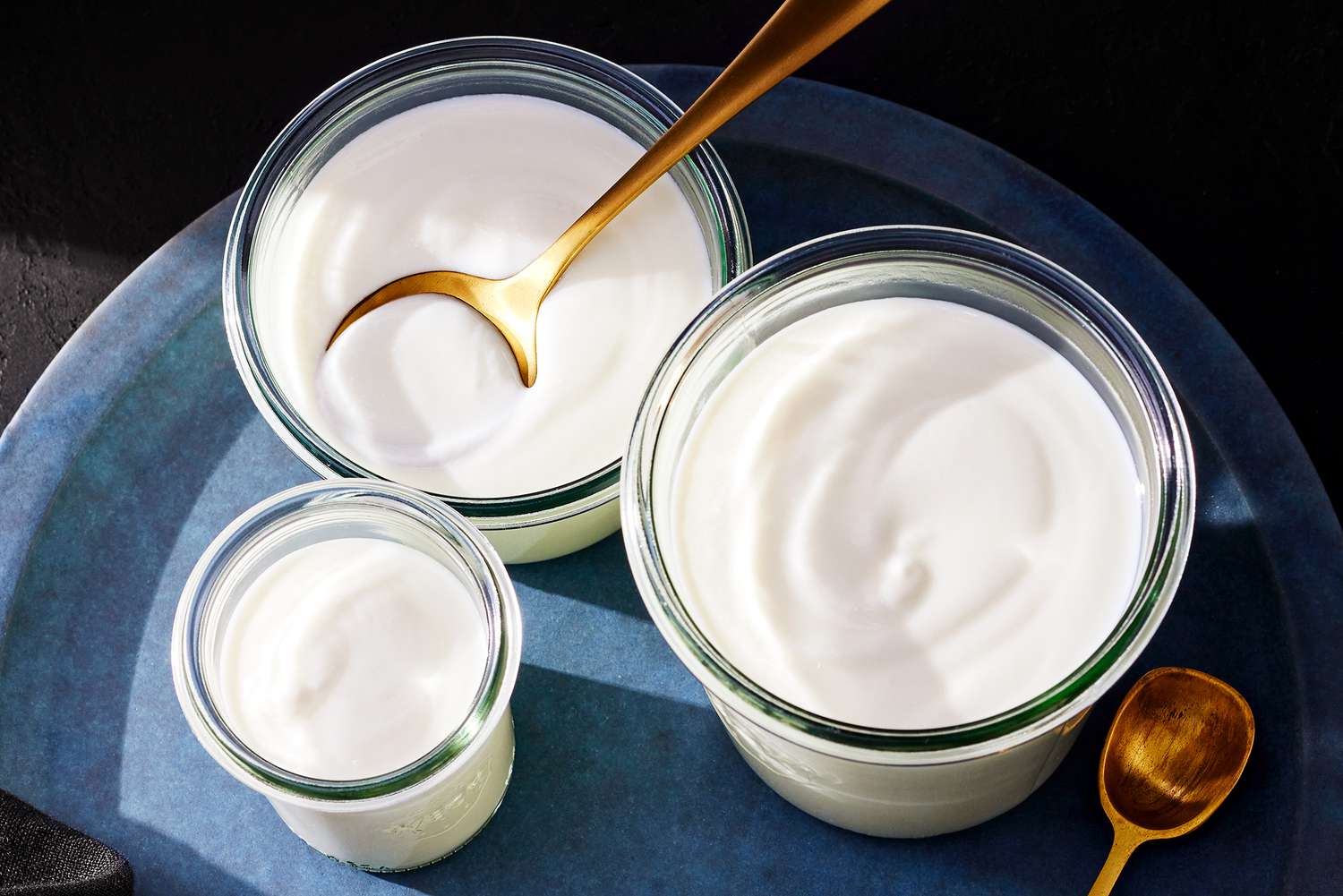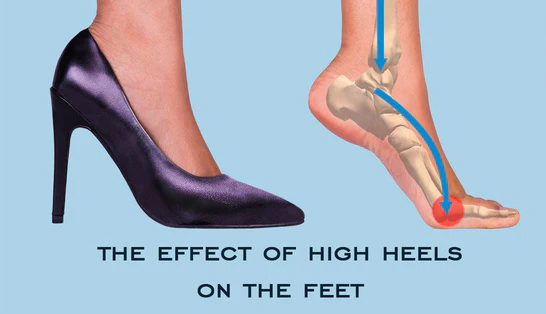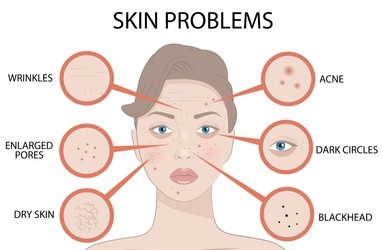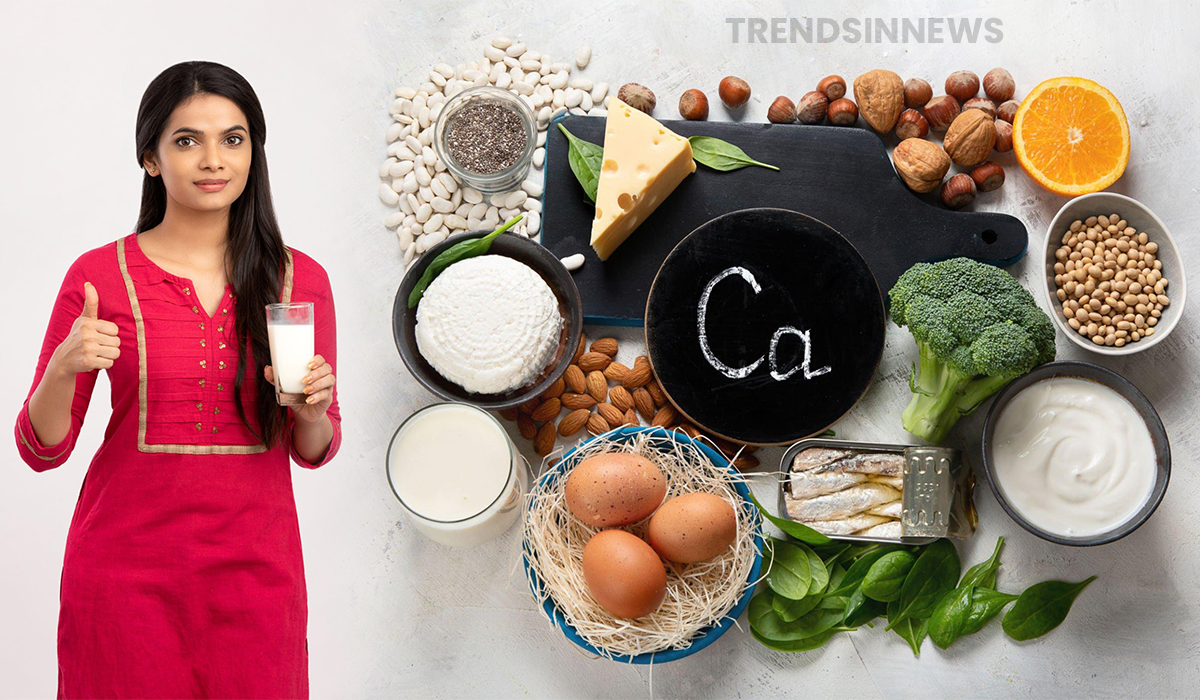Does not smoke even the color of the lips is black? Well, it is commonly known by everyone that every individual is born with different colour and shades of lips. But the problem arises when hyperpigmentation occurs because it makes the skin of the lip darker. Hyperpigmentation occurs when the skin produces excess melanin, making it darker than its natural surrounding skin. Dark lips are caused by a variety of factors, including both natural and artificial. Fortunately, there are various natural remedies to lighten your dark lips completely.
Human lips are considered one of the most attractive parts of their face, impacting their overall appearance and enhancing self-confidence. For most girls and women, their looks are incomplete without lipstick. They never step out of the house without lipstick. This is what sometimes makes their lips dark, also. Daily use of lipstick can also damage your lips because they contain harsh chemicals. This does not always happen if you use branded, safe, and skin-friendly lipstick.
Causes of dark lips
- Excessive sun exposure and UV damage
- Smoking and tobacco use
- Dehydration and insufficient water intake
- Hormonal imbalances and underlying medical conditions
- Side effects of certain medications
- Use of harsh chemical-based products that causes allergies
Natural remedies to lighten your dark lips
Exfoliate

Exfoliate your lips daily. Exfoliation helps to remove all the dead cells from your lips and also makes your lips soft. Mix sugar with honey. Now rub this mixture on the lips with a toothbrush. Then wash off with lukewarm water.
Lemon juice
Lemon juice contains natural bleaching agents. Applying lemon juice on the lips can remove the blackness. You can also get back pink lips. Extract the lemon juice. Dip a cotton ball in lemon juice and dab it on the lips. After 10 minutes, rinse your face. Lemon juice can dry out your lips. So after using lemon juice, you must apply moisturizer on your lips.
Honey and Almond oil
Mix equal parts honey and almond oil. Now, thoroughly apply this mixture on your lips. This mixture helps to lighten the color of your lips. Apply this mixture on the lips at night before going to sleep. It also keeps your lips moisturized.
Aloe Vera gel
Aloe Vera gel plays a special role in healing any kind of skin wound. Apply a small amount of aloe vera gel on the lips. Keep for 15 minutes. Then wash it off with water. In this way, daily use of aloe vera gel will remove the blackness of the lips easily.
Beetroot extract

Beetroot is a natural ingredient known for its ability to impart a rosy hue to lips. Prepare a beetroot lip stain by extracting the juice and applying it to your lips. Before rinsing it off, let it stay for 10 to 15 minutes. With consistent use, this remedy can help reduce lip pigmentation and add a natural tint.
Coconut oil
Coconut oil has fabulous moisturizing properties, which help to make the lips soft, smooth, and supple. Along with this, it also helps to prevent the lip from getting chapped and dark. Take a little amount of coconut oil on your index finger and apply it on your lip. This can be done once or twice every day.
Pomegranate extract
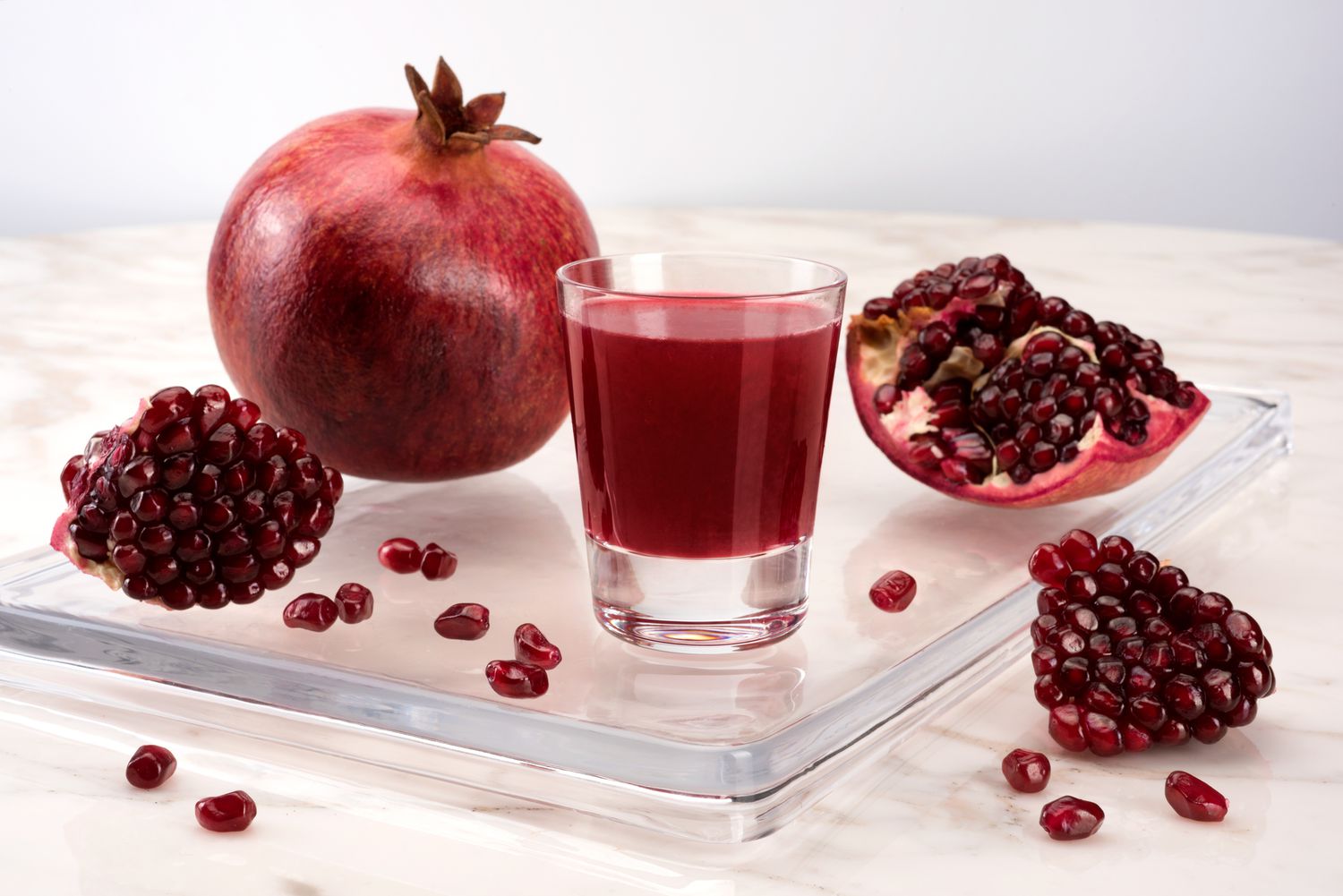
Pomegranate helps to reduce tyrosinase. Tyrosinase helps in more production of melanin, which makes the lip dark. Take one tablespoon of pomegranate seeds and make a paste using one teaspoon of rose water. Gently apply it on your lips and leave it to dry. Wash it with normal water. This can be done once or twice every day.
Stay hydrated
Dehydration is a common cause of darkened lips. Maintaining proper hydration levels is essential for preventing and treating this issue. Ensure you drink adequate water daily and apply a hydrating lip balm regularly. Moisturized lips appear plumper and healthier, minimizing the appearance of darkness.
Also read: Skin Care Tips For Women In Summer
Protect lips from sunlight
Excessive exposure to the sun’s harmful UV rays can darken your lips. It is crucial to prevent further damage by shielding them with a lip balm containing SPF. Additionally, wearing a wide-brimmed hat or using an umbrella when outdoors can provide an extra layer of protection.
Conclusion
Achieving lighter and healthier lips is not an impossible task. You can effectively combat lip discoloration by understanding the causes of dark lips and implementing a combination of natural remedies and treatments. Embrace these recommendations, make them a part of your routine, and soon enough, you’ll be flaunting your naturally beautiful, pink lips again.



